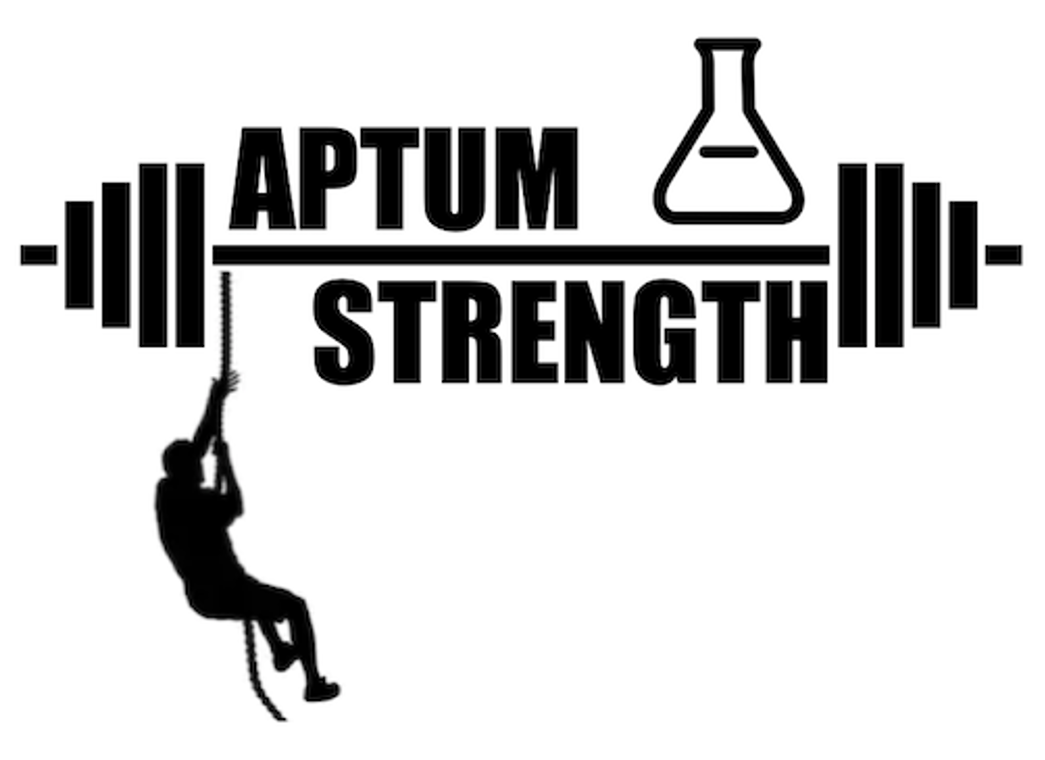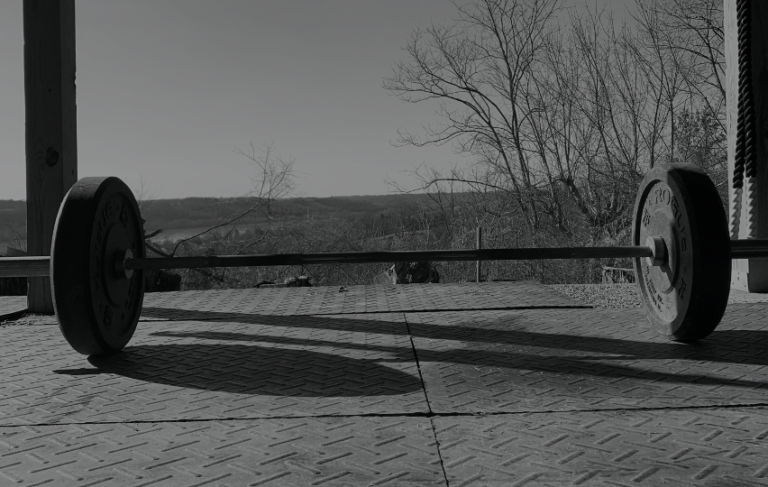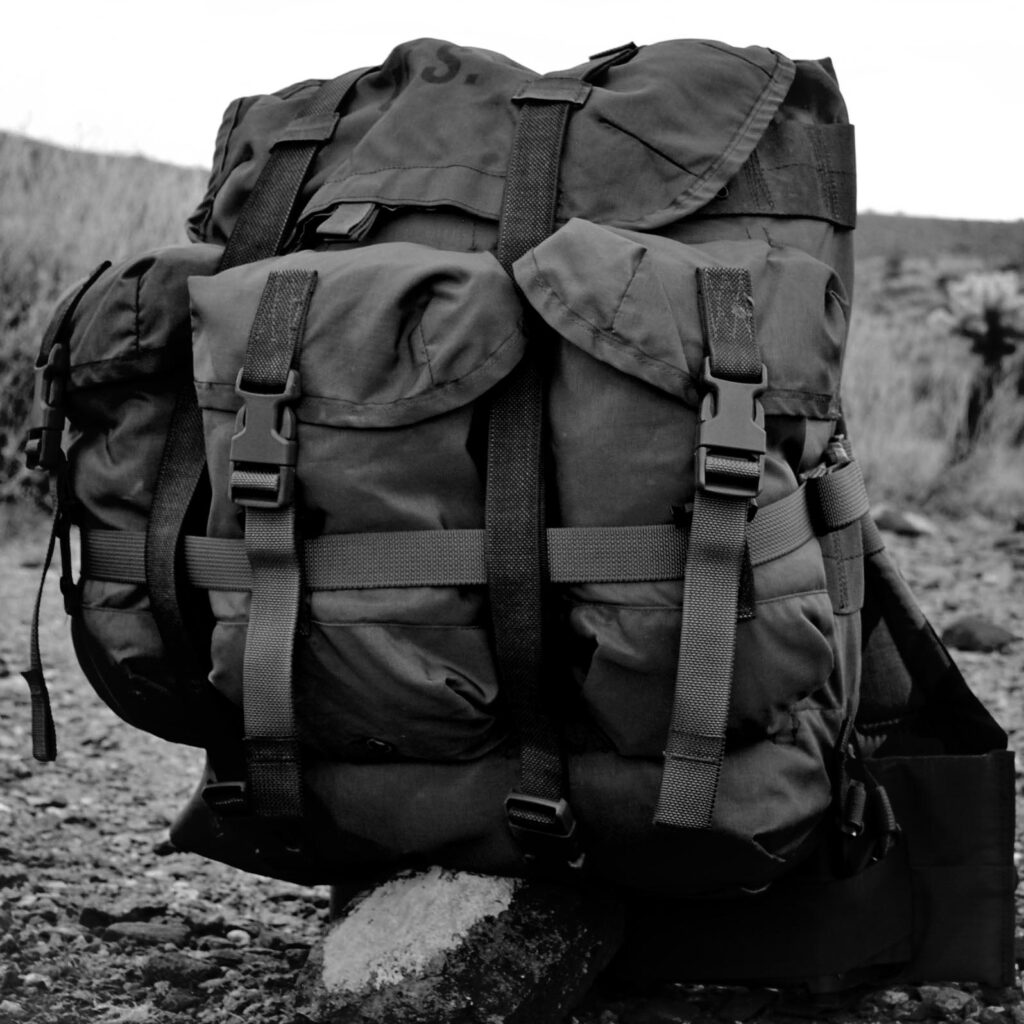
Rucking, the act of walking or hiking with a loaded backpack, has gained immense popularity in recent years.
Whether it’s for fitness, military training, or simply as a way to challenge oneself, rucking has become a staple activity for many.
However, rucking requires more than just any old backpack. To truly optimize your rucking experience, you need a specialized rucking backpack that can withstand the rigors of heavy loads and long distances.
In this guide, we’ll explore what makes a great rucking backpack and highlight the top features you should look for when making your selection.
What is Rucking?

Rucking, often referred to as “loaded marching,” , or “ruck marching” in the military, involves walking with a weighted backpack, or “ruck”, over varying distances and terrains. Originally a military training exercise, rucking has evolved into a popular fitness activity embraced by civilians worldwide looking for effective alternative workouts.
It offers a great low impact exercise alternative to running, when done under lighter load and at moderate pace. It also offers a much better cardio workout than simple body weight talking.
Whether you’re rucking solo or participating in organized events like those organized by GoRuck, the principles remain the same: strap on a backpack, add weight, and start walking.
Why Do You Need a Special Rucking Backpack?
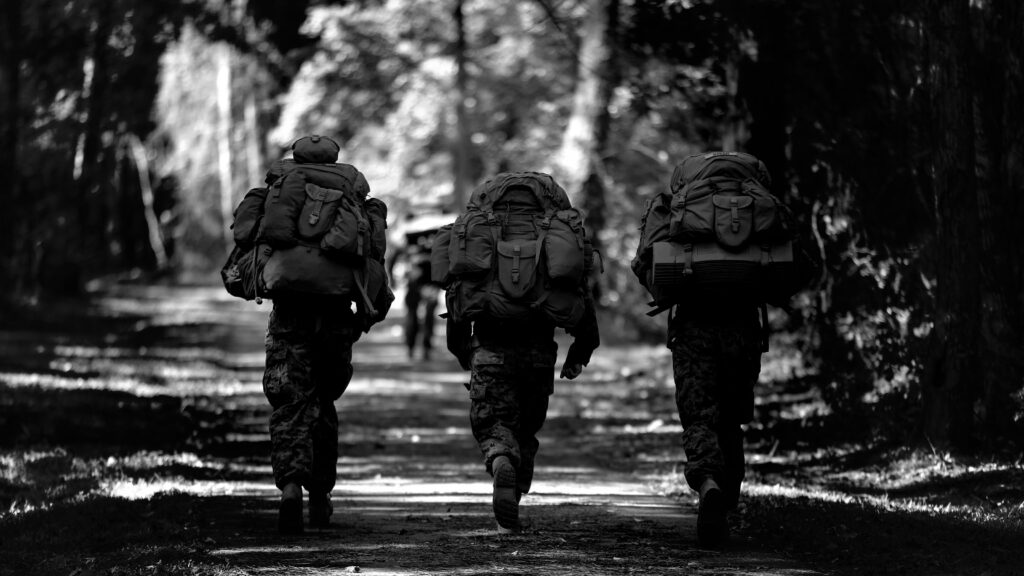
While it might be tempting to grab any backpack and load it up for your rucking adventures, using a specialized rucking backpack offers several advantages.
These backpacks are purpose-built to withstand the demands of heavy loads and prolonged wear, ensuring both comfort and durability during your rucking sessions. Additionally, they often feature design elements tailored specifically for rucking, such as reinforced straps, ample storage compartments, and efficient weight distribution.
Top 5 Features to Look For in a Rucking Backpack
1. Ruck Frame

The backbone of any good rucking backpack is its frame. The frame provides structure and stability, distributing the weight evenly across the ruck and your body. Look for a ruck frame that is sturdy yet lightweight, capable of supporting heavy loads without adding unnecessary bulk.
Ruck frames come in various sizes, shapes, and materials. The basic features of a ruck frame are:
- Material: metal or plastic
- Build: built-in or external (detachable)
The military’s classic rucksack, the Alice Pack, has an external medal frame built to withstand combat deployments, airborne jumps, and everything in between. The ruck, rucksack straps, and hip strap must all be attached to the frame. This modularity makes it easy to replace one part of your ruck if needed.
Many hiking backpacks, built to be lightweight for civilian hiking and mountaineering, come with built-in plastic frames. These frames are less durable, but much more lightweight, than a military ruck with a metal frame.
Most civilian rucking backpacks come with lightweight built-in frames as well.
2. Shoulder Straps
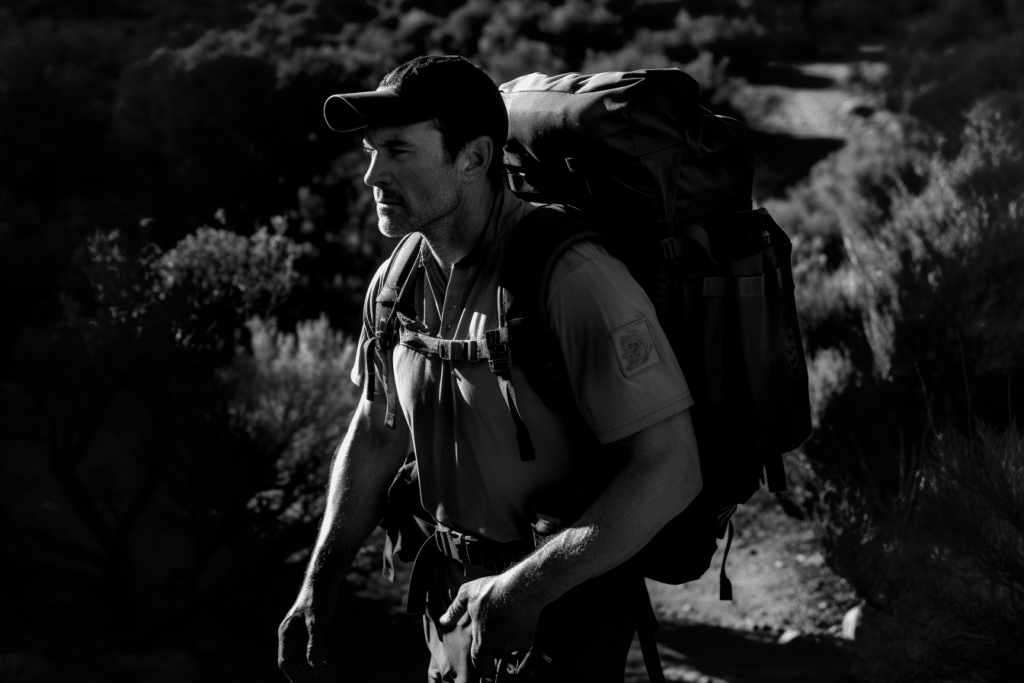
Comfort is key when it comes to shoulder straps.
Look for wide, padded straps that help distribute the weight evenly across your shoulders and prevent discomfort, even during extended rucking sessions. Adjustable straps are also essential for achieving a personalized fit.
There are two important sub-features to look for in shoulder straps: quick-release tabs and a chest strap.
2.1. Quick Release Straps

When you spend a lot of time under your ruck, you’ll also have to spend time putting it on and taking it off. The shoulder strap quick-release enables you to easily tighten and loosen your ruck straps.
When you put it on, you’ll usually want to tighten down the straps so the ruck rides high on your back and doesn’t move around too much.
When it’s time to take it off, you’ll need to loosen the shoulder straps to get your arms out. Quick release straps make this much easier.
2.2. Chest Strap
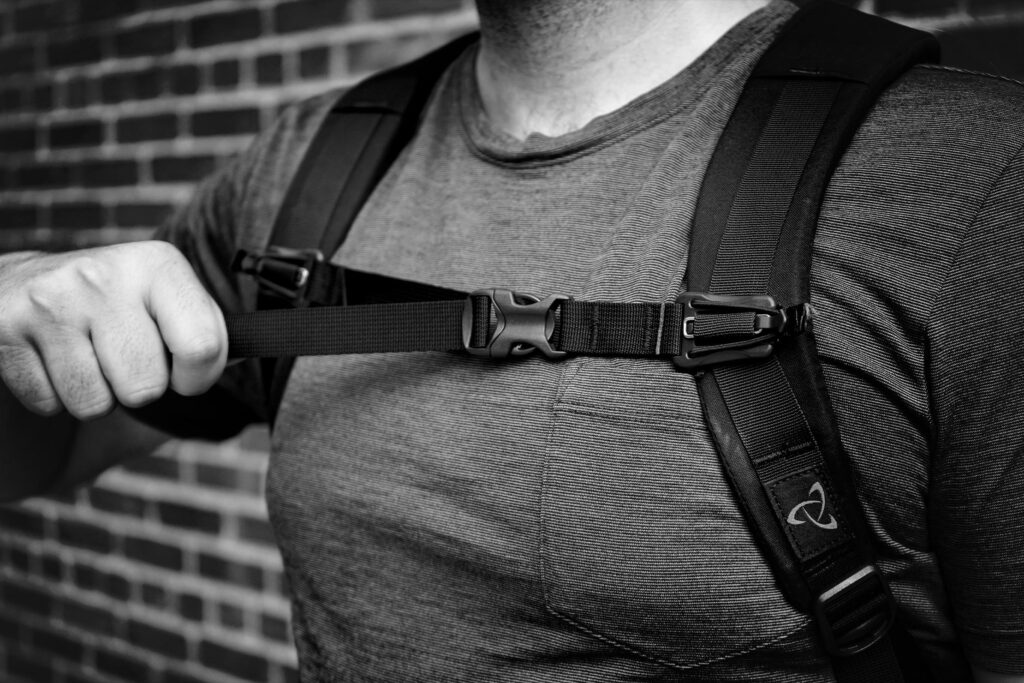
The chest strap is a great tool for keeping your ruck stable and tight while you’re moving, but also for adjusting how your ruck rides on your shoulders.
After an hour or two of having the weight of your ruck riding no your shoulders, you can tighten the chest strap to bring the weight closer to your neck and more onto your traps, or you can loosen it to let the weight shift towards the outer part of your shoulders.
These aren’t huge movements of where the ruck rides, but tiny adjustments can be important for reducing fatigue.
3. Hip Belt
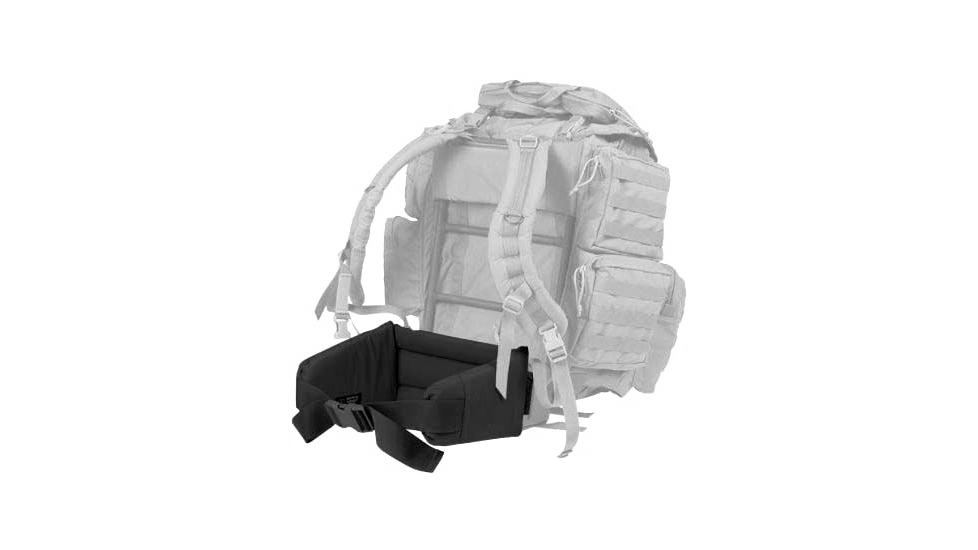
A good padded hip belt is one of the most overlooked features in a rucking backpack, but it is essential for carrying even moderate amounts of weight for long distances.
This feature plays a crucial role in distributing weight to your hips and reducing strain on your shoulders and back. A quality hip belt can make all the difference, especially when carrying heavy loads over long distances.
It also helps keep the ruck from shifting around too much when you’re moving through uneven terrain, when you need to jog or run with your ruck, or even when you’re moving at a normal rucking pace. Keeping the ruck from moving too much will go a long way in reducing fatigue on long rucks under heavy load.
A good padded hip belt also enables you to shift the primary load bearing from your shoulders to your hips and vice versa. When you’re going for long periods, 10 or 20+ miles, under 85 pounds of load, that can make all the difference in the world.
So can a good pair of boots and socks, but that’s for another article.
4. Weight Capacity & Support
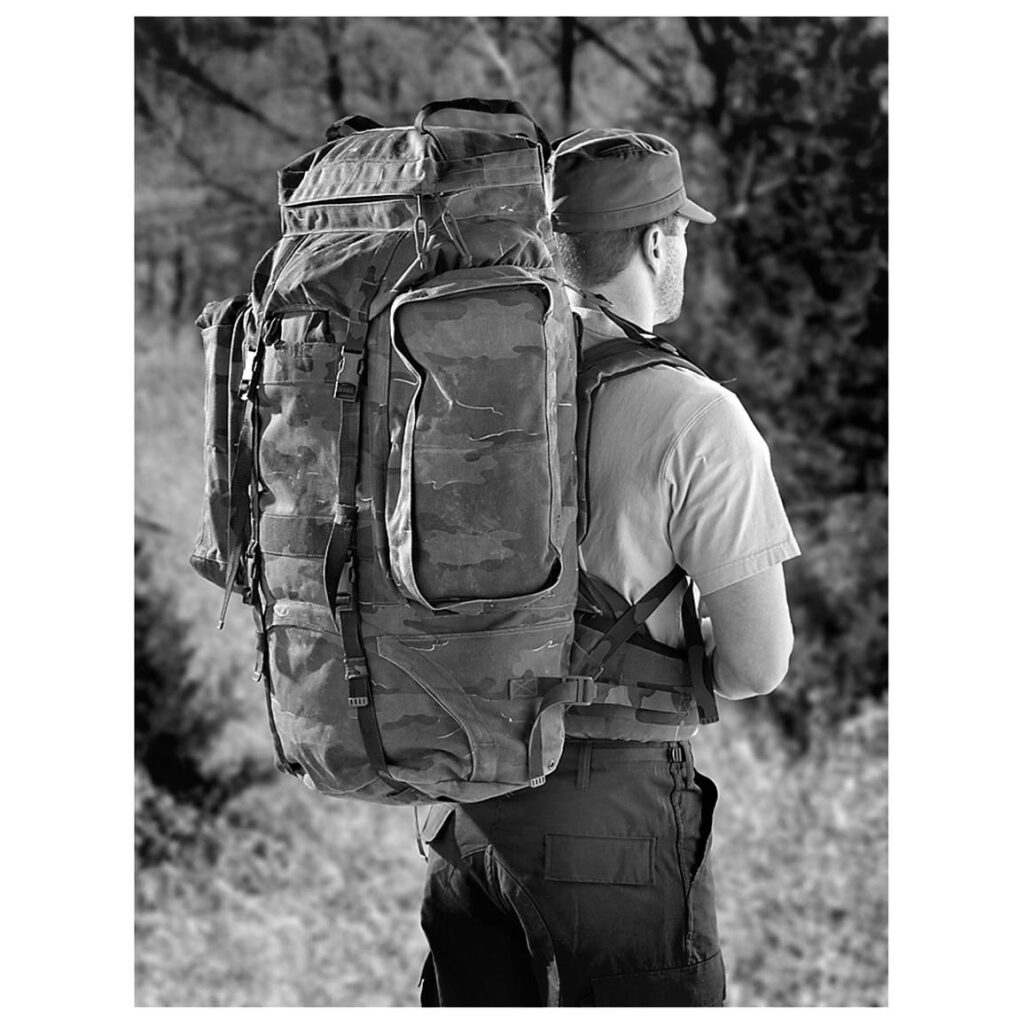
Before purchasing a rucking backpack, consider the amount of weight you plan to carry.
Choose a backpack with a weight capacity that exceeds your needs to ensure ample support and durability. Reinforced stitching and heavy-duty materials are also indicators of a backpack’s ability to handle heavy loads.
Generally, a rucking backpack that can support higher loads will also be heavier itself.
Another important feature is a pouch for heaving items, including ruck weights. For men, it’s important to carry your heaviest items close to your shoulders, and many rucking backpacks have a pouch for just that purpose. They keep the weight close to your upper shoulders.
When you’re rucking for training or recreation, it’s easier to put one or two ruck plates in your backpack and head out. It is much easier to pack a weighted rucksack with a ruck plate than trying to find 85 pounds of gear.
5. Ruck Capacity (volume)
In addition to weight capacity, consider the volume of the backpack’s main compartment. A larger capacity allows for greater flexibility when packing your gear and ensures you have room for essentials like water, food, and extra layers.
6. Hydration Bladder Support
Staying hydrated is essential during rucking, especially in hot or humid conditions.
Look for a rucking backpack that is compatible with a hydration bladder, allowing you to conveniently sip water on the go without having to stop and unpack. This will help you get the best cardio benefits of rucking.
CamelBak is the leading provider of hydration bladders and even makes some rucks with built-in hydration support.
Yes, this will be added weight, and in the military and rucking competitions, your carrying weight usually excludes food and water.
Three Main Rucking Backpack Styles
1. Military Style Ruck
Inspired by military-issue backpacks, these rucks prioritize durability and functionality. They often feature MOLLE webbing for attaching additional gear and come in a range of sizes to accommodate different load capacities.
2. Hiking Style Ruck
Designed with the outdoor enthusiast in mind, hiking style rucks combine rugged durability with ergonomic design. They typically feature ample padding, adjustable straps, and multiple compartments for organizing gear.
3. Rucking Backpack
This is a backpack designed specifically for the “sport” of rucking, or for those who are using rucking primarily as a tool of physical fitness. These backpacks blend the best elements of military and hiking rucks with features tailored to the needs of ruckers.
Brands like GoRuck have led the way in popularizing rucking backpacks, offering a range of options to suit every sport rucker’s preferences, and holding events where you can test your rucking skills against others.
These are generally lower-volume than military or hiking-style rucks, which are designed primarily for carrying your stuff. A rucking backpack, by contrast, is designed to carry weight and water, and maybe a few other things. Because of that, rucking backpacks are usually designed with a lower profile and lower capacity. When you’re training for run, fitness, and competition, you don’t need a 100-liter pack towering over your head.
Which Ruck Should You Get?
As a dedicated rucker, I have to admit that I own all three types of rucking backpacks.
I use my GoRuck backpack most frequently when I go out for a short 1–2 hour ruck, usually around the neighborhood or on a local trail. For these rucks, all I really need is something to keep the weight firmly on my shoulders, a good padded hip belt to distribute it, and some water to keep me hydrated.
GoRuck backpacks are the perfect tool for the job.
It also works great if I want to do some weighted step-ups or other practical training in the gym or at the local stadium
When I go on longer hikes, or multi-day camping trips, my civilian hiking ruck is my tool of choice. It offers great storage capacity, can hold a water bladder as well as a few water bottles, and has a sturdy enough back panel and hip belt to keep everything.
Finally, I still have my old military rucksacks – both the Alice pack, which I had outfitted with some custom pockets, and two later variations which had less capacity and lighter frames.
For me, even after all these years, there’s nothing like moving out at a brisk pace with some weight on your back.
